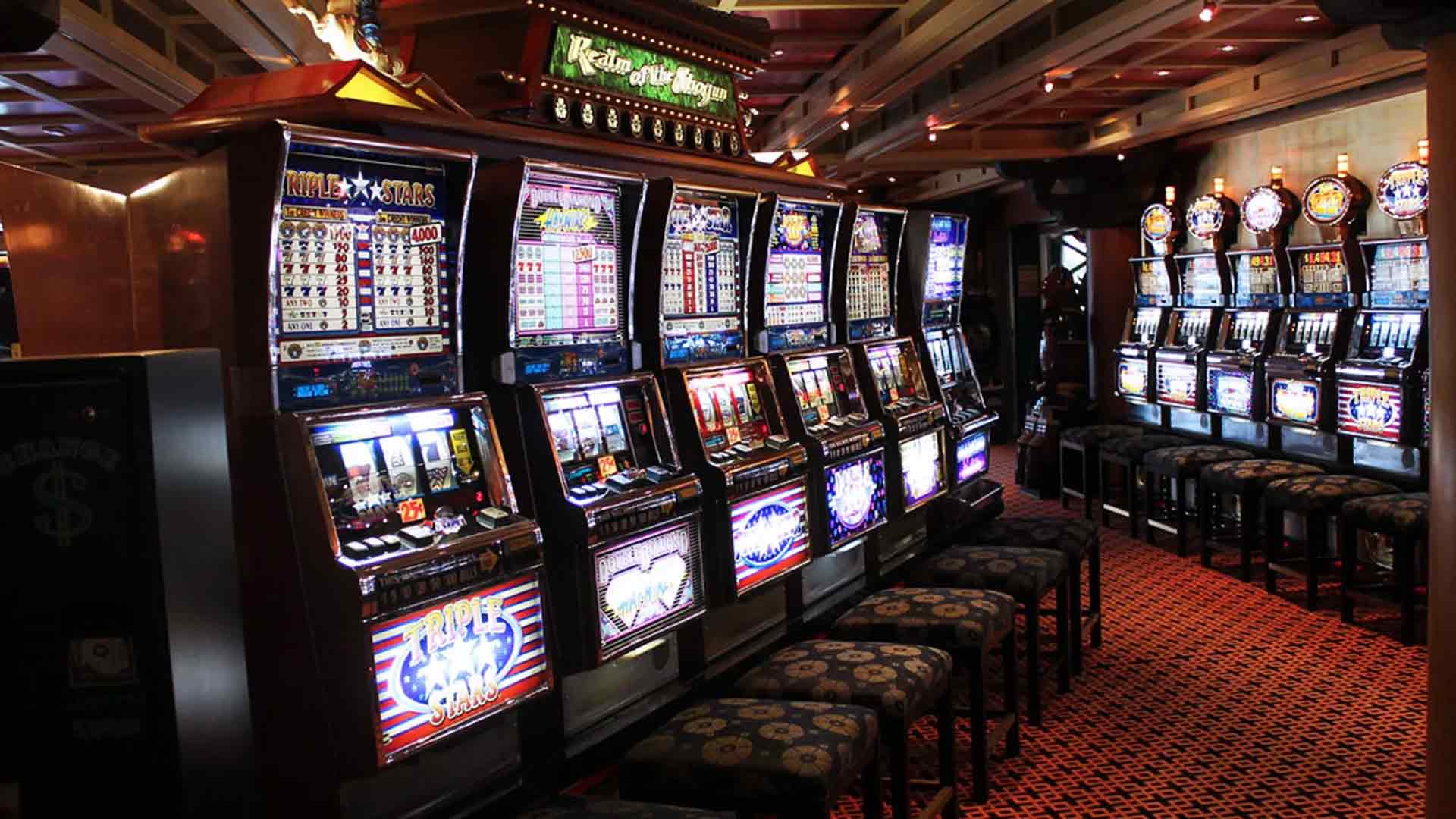Why Casino Floors Are Designed Like Mazes

Why Casino Floors Are Designed Like Mazes
Walk into any major casino, and you'll likely notice something peculiar: the layout. Instead of a straightforward, easy-to-navigate design, casino floors often resemble intricate mazes. This deliberate design isn't accidental; it's a carefully crafted strategy designed to keep you in the casino longer, spending more money.
This complex layout is a key component of a casino's overall design, a field often referred to as "environmental psychology." Casinos utilize various psychological principles to influence player behavior, and the floor plan is a prime example of this.
The Psychology Behind the Maze
The primary goal of a maze-like casino floor is to disorient players. By making it difficult to find exits or specific games, casinos encourage players to wander, explore, and discover new opportunities to gamble. This sense of exploration, coupled with the allure of winning, keeps people engaged and invested in the experience.
Here's a breakdown of the key psychological principles at play:
- Disorientation: The lack of clear pathways and the abundance of flashing lights and sounds create a sense of disorientation. This makes it harder for players to track time and their spending habits.
- Impulse Purchases: The maze-like design forces players to pass by various games they might not have initially intended to play. This increases the likelihood of impulsive decisions and unplanned gambling.
- Reduced Cognitive Load: The repetitive nature of the environment, with similar games and distractions, can lead to a reduced cognitive load. Players become less aware of their surroundings and more susceptible to the casino's influence.
- Lack of Time Awareness: The absence of clocks and windows further contributes to a player's distorted perception of time. Without these cues, players are less likely to realize how long they've been gambling or how much they've spent.
Specific Design Elements Contributing to the Maze Effect
Casinos employ several specific design elements to create this maze-like environment:
- No Straight Paths: Instead of offering clear, direct routes, casino floors typically feature winding corridors, dead ends, and subtle curves.
- Machine Placement: Slot machines are strategically placed to block direct pathways, forcing players to navigate through the gaming area.
- High Ceilings and Open Spaces: Casinos often have high ceilings to create a sense of spaciousness, but the lack of natural light and the use of artificial lighting contribute to the feeling of being disconnected from the outside world.
- Game Variety and Cluster: Casinos cluster different types of games together, offering a vast array of options to attract and retain players. This variety adds to the complexity of the floor plan.
- Hidden Exits: Exits are often disguised or strategically placed to be less visible, further encouraging players to stay within the casino.
- Distractions: Casinos utilize flashing lights, upbeat music, and complimentary drinks to keep players engaged and distract them from the passage of time and their losses.
The Importance of Lighting, Sound and Scent
Beyond the layout, casinos carefully manipulate other senses to enhance the maze-like effect and influence player behavior. Soft, ambient lighting is prevalent, avoiding harsh spotlights that might highlight exits. Music is carefully selected, often upbeat and designed to create a sense of excitement and energy. Some casinos even introduce specific scents, like vanilla, that have been shown to have a calming effect, further encouraging players to linger.
The Role of Technology
Modern casinos are also employing technology to further optimize their designs. Data analytics are used to track player movements and analyze how players interact with different game types and layouts. This data is used to refine the casino floor plan, ensuring that it is as effective as possible at maximizing player engagement and revenue.
Beyond the Casino Floor: Other Examples
The use of maze-like designs isn't exclusive to casinos. Retail stores, theme parks, and even some online platforms use similar strategies to encourage customers to explore and make purchases. These tactics are all designed to influence consumer behavior and increase spending.
If you are looking for a thrilling gaming experience, consider trying your luck at the super m88 slot. Remember to gamble responsibly.
In conclusion, the seemingly random layout of a casino floor is anything but random. It's a carefully orchestrated design, leveraging psychological principles to keep players engaged, disoriented, and spending more time (and money) within the casino environment.
```